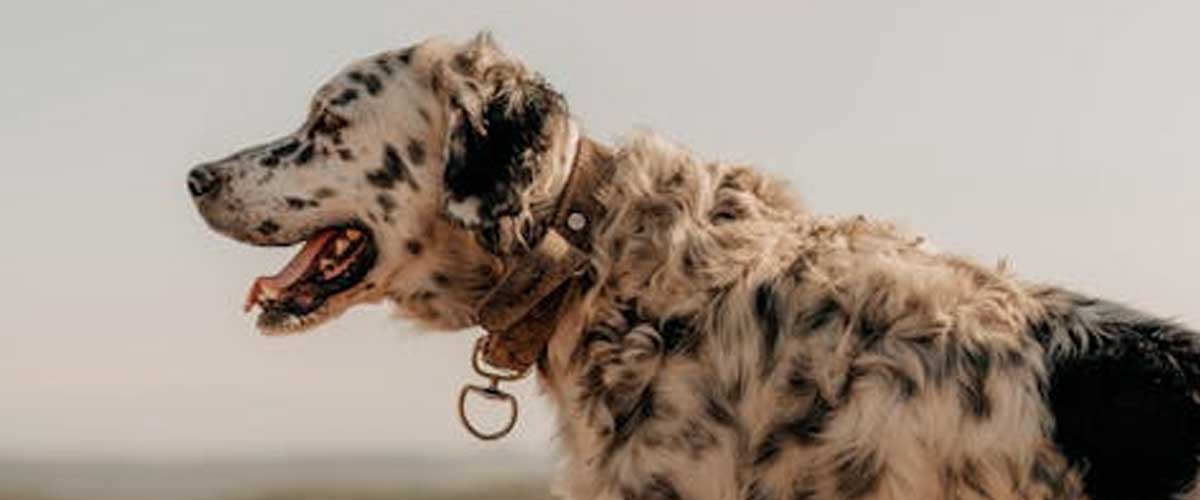The English Setter is a breed known for its gentle disposition, striking appearance, and remarkable versatility.
Originally bred for hunting game birds, this breed has evolved into a beloved family companion, excelling in various canine activities.
In this article, we will explore the history, characteristics, and care needs of the English Setter, offering insights into why this breed may be the perfect addition to your home.
History and Background
The English Setter’s lineage can be traced back to the 14th century in England, where it was developed as a bird dog.
The breed is believed to have descended from a mix of Spaniels and other hunting dogs, which provided them with excellent scenting abilities and a keen sense of performance in the field.
The English Setter was initially bred to “set” or indicate the location of game birds for hunters, demonstrating both agility and intelligence in their work.
Over the years, the breed has gained popularity both in and out of hunting circles, becoming a favorite among outdoor enthusiasts and families alike.
Physical Characteristics
English Setters are medium to large-sized dogs, typically weighing between 45 to 80 pounds.
They possess a distinctive coat that is long and silky, with feathering on their ears, legs, and tail.
The coat colors can vary significantly, with the most common being a combination of white with black, orange, or liver patches.
Their expressive brown or hazel eyes and friendly expression contribute to their overall charm.
Temperament
Known for their friendly and gentle demeanor, English Setters are social, affectionate dogs that thrive in family environments.
They are typically good with children and other pets, making them well-suited for households of all sizes.
Their friendly nature can also make them welcoming toward strangers, which is a trait to consider if you’re looking for a watchdog.
English Setters are intelligent and eager to please, which makes them relatively easy to train.
Positive reinforcement techniques work best, as they respond well to encouragement and rewards.
However, they can be sensitive, so harsh training methods should be avoided.
Socialization from a young age is important to ensure they are well-rounded and comfortable in various environments.
Exercise and Activity Needs
As a breed originally developed for hunting, English Setters are energetic dogs that require regular exercise to stay healthy and happy.
Daily walks, playtime, and opportunities to run off-leash in safe areas are essential.
Engaging in activities like agility, obedience, or even field trials can help satisfy their physical and mental stimulation needs.
Grooming and Care
The beautiful coat of the English Setter requires regular grooming to prevent matting and reduce shedding.
Brushing a few times a week is usually sufficient, but more frequent grooming may be needed, especially during shedding seasons.
Regular baths will help keep their coat clean and healthy.
Additionally, keeping up with routine veterinary check-ups, vaccinations, and dental care is essential to maintaining their overall health.
English Setters can be prone to certain health issues, such as hip dysplasia and ear infections, so early detection and vet guidance are important.
Conclusion
The English Setter is an exceptional breed, beautifully blending companionship, intelligence, and versatility.
Whether you’re looking for a hunting partner, a family pet, or a loyal companion, the English Setter has much to offer.
Their affectionate nature and willingness to engage in a variety of activities make them an ideal choice for many dog lovers.
If you’re considering welcoming an English Setter into your home, be prepared to provide them with love, exercise, and the companionship they thrive on.









